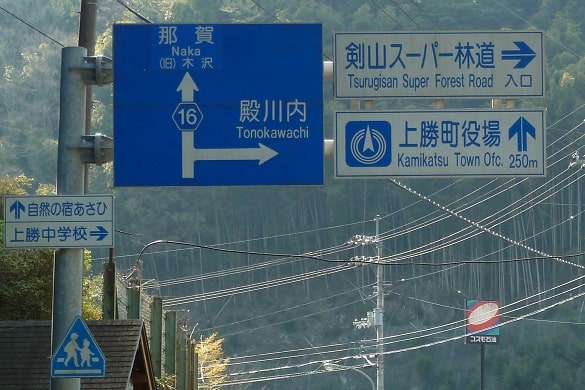Is it possible to reuse N95 masks without a reduction of the respirator’s effectiveness?
Terminology
In this article when I mention reuse, I am using European waste processing terminology. As described in the EU Waste Framework Directive waste management hierarchy. Reuse is the second option after prevention and before recycling. Prevention is the streamlining of the design and manufacturing process and using less hazardous alternatives. Recycling is the conversion of waste into a new substance or product.
However, Reuse entails repairing/refurbishing whole items or spare parts.
When discussing N95 masks in this article it is important to note that I am referring to disposable respirators also known as filtering facepiece respirators FFR.
Filtering Facepiece Respirators
Filter Performance
In the United States, “N” class cartridges/respirators are non-oil resistant. “95” refers to the efficiency of the filters to remove ≥95% of particles that have a diameter of 0.3 micrometres. Particles such as dust, pollen, smoke and viruses are removed. Therefore, the user can expect a leakage factor of 5%.
These disposable respirators were originally intended for single-use with a maximum 8 hour duration and regular replacement as and when required. However, because of the shortage of PPE during Coronavirus (SARS-CoV-2) COVID-19 pandemic, essential workers could not access sufficient supplies to sustain regular replacement as per guidance.
The Inventor Returns
Dr Peter Tsai invented the electrostatic charging technology used to produce filter media for respiratory masks, heating and ventilating filters. He combined two fundamental technologies, melt blowing and electrostatic charging. Dr Tsai improved the filtration efficiency tenfold more than an uncharged media, therefore improving the filter’s efficiency without increasing its breathing resistance. His inventions encompass 20 commercial license agreements and 12 US patents.
Dr Tsai recently came out of retirement to assist medical professionals with safe methods to decontaminate N95 masks. The video below explains how the electrostatic charging technology works and Dr Tsai’s contribution to improving worker safety.
Methods to Reuse N95
For a N95 FFR to be fit for reuse it must have: –
- ≥95% filtration efficiency
- Face fit – the seal for the mask must be intact and functional
- Bioburden – reduce 1000 active SARS-CoV-2 viruses down to 1 or less
- No additional pathogens or hazardous residues introduced
Please note that none of these methods mentioned below are FDA approved. Furthermore, we cannot guarantee that these methods completely decontaminate against co-infection risks from mould and bacteria.
Unsuitable Methods - What Not To Do
Several unsuitable methods for sterilising FFR used bleach, soap + water, overnight storage and alcohol. Please DO NOT use any of these methods.
- Bleach immersion degrades filtration efficiency and requires ≥18 hours off-gassing before reuse
- Soap + water removes the static electric charge and can damage fibres, thus degrades overall filtration efficiency
- Overnight storage is not enough time, a minimum of 3 days is needed
- Alcohol deactivates the virus however, it interferes with the electrostatic charge, hence it diminishes the filter’s effectiveness
Promising Methods
Recent work carried out at TU Delft Department of BioMechanical Engineering, The Netherlands, view here. The team at Delft collaborated with a local manufacturer to investigate mask sterilisation using dry heat and steam. At 134ºC the team noted material deformation. However, at 121ºC for 15 minutes the sterilisation process did not influence the functionality of the mask.
In the United States, three promising methods for sterilisation of N95 have resulted in successful trials. The N95 Decon consortium comprises volunteer scientists, engineers, clinicians, and students. Their goal is to review, collate, publish, and disseminate scientific information pertinent to N95 decontamination. Hence, enable informed decision making about N95 decontamination and reuse. N95 Decon has produced factsheets to guide healthcare workers on various methods of how to decontaminate N95 for reuse. The most promising methods so far: –
- UV-C – peak efficacy ~254 nm wavelength, at an irradiation dose of ≥1.0 J/cm² inactivates pathogens including SARS-CoV-2. Mask straps require secondary decontamination
- Hydrogen peroxide vapour – condenses on the mask killing the virus, releasing water and oxygen as waste products
- Humid/ dry heat – 70-85ºC + 50-85% humidity for 60 minutes inactivates SARS-CoV-2
Lastly, if you have no other choice, this next method is the cheapest but the longest duration.
- Time – ventilated room ~22ºC, 40–65% humidity for 7 days
Future Projects
There is not enough data on the potential use of ozone, microwaves and autoclaves. We can find these machines in most healthcare settings. Therefore, we would consider these #Viable Alternatives for future research projects.








This Post Has One Comment
I’m extremely impressed together with your writing talents and also with the format for your blog. Is that this a paid theme or did you customize it your self? Anyway stay up the nice high quality writing, it’s uncommon to look a great weblog like this one nowadays.